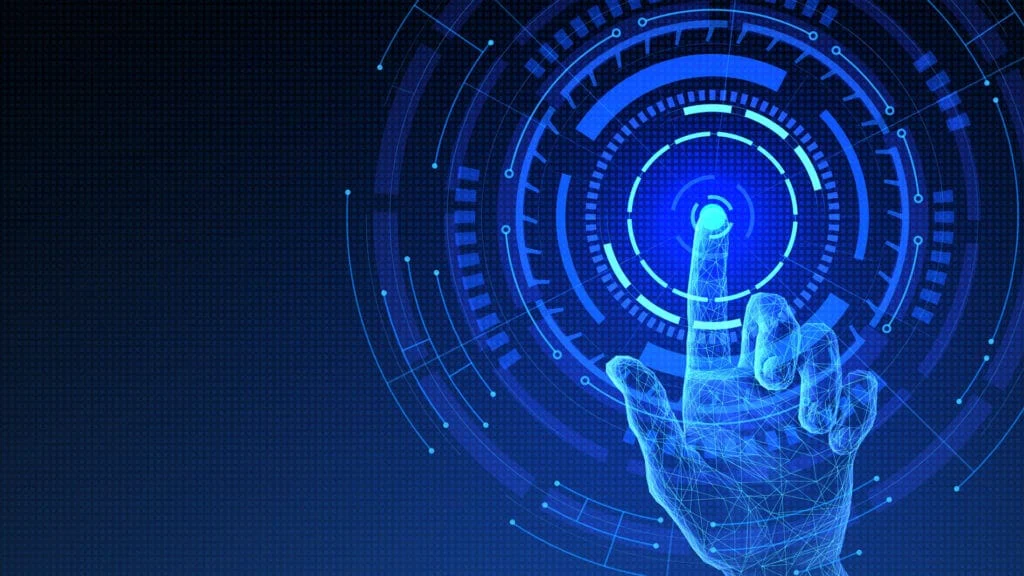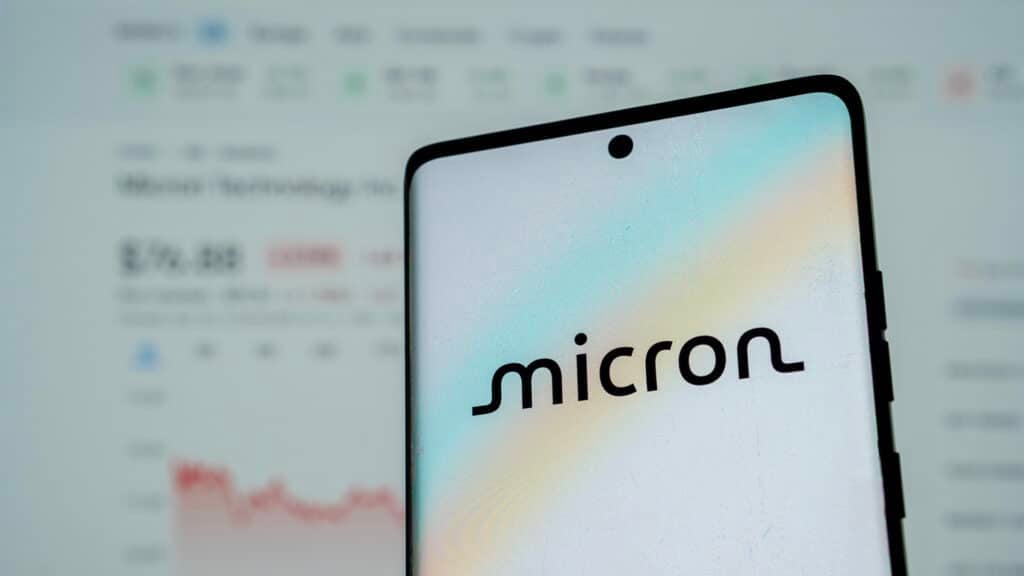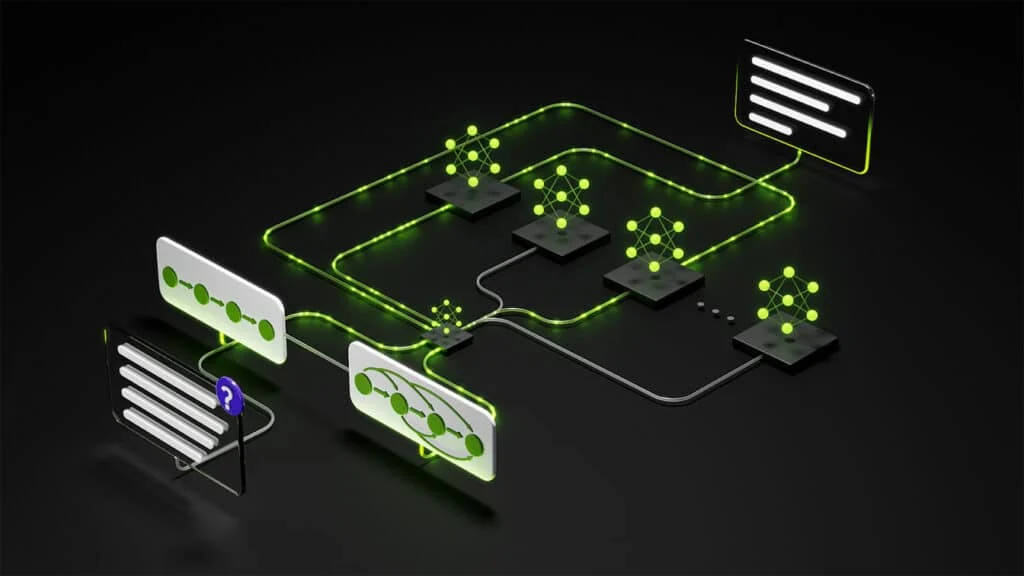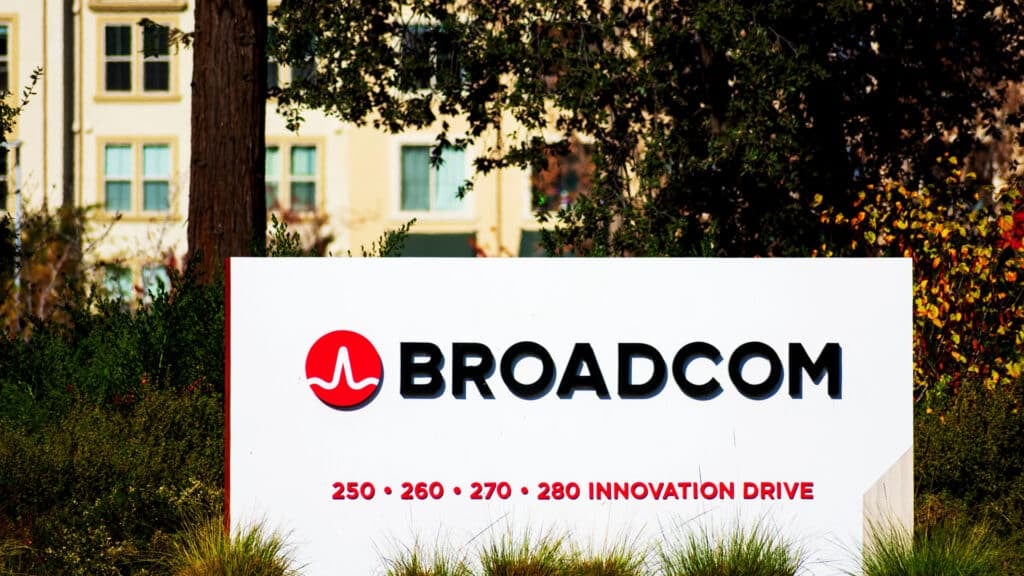The Six Five Team discusses the latest earnings release from NVIDIA for Q2 2024.
If you are interested in watching the full episode you can check it out here.
Disclaimer: The Six Five Webcast is for information and entertainment purposes only. Over the course of this webcast, we may talk about companies that are publicly traded and we may even reference that fact and their equity share price, but please do not take anything that we say as a recommendation about what you should do with your investment dollars. We are not investment advisors and we ask that you do not treat us as such.
Transcript:
Daniel Newman: NVIDIA. Was it as big as everyone thought or was it a big old disappointment?
Patrick Moorhead: Yeah, I think we all probably know the answer to that. I mean, you can’t swing a cat. Even tabloids were covering NVIDIA earnings yesterday but yeah, they crushed it. And if I compare it to what I thought it would be, it was actually a little bit less of a beat than I had thought. I had thought for sure it’d be around that $5 billion mark. But the guide was exactly what I thought it would be, which was I had said in between two to three, but they crushed it. And quite frankly, I want to spend less of my time fawning over this.
And by the way, for the record everybody, there was a company that had as big a beat before and the company is called Cisco back in .com 1.0 Cisco crushed it because they were the backbone of the internet. So, this is not unprecedented, Cisco did exactly this in fact, they did it twice. But I have two questions. First of all, how long does it last? And with nearly zero competition to NVIDIA in the Western worlds, who comes in as competition and how? So, and how long does it last? So, SaaS is a done deal and listen, I’ve seen enough from Microsoft, Salesforce, Oracle Fusion to know this is going to be big and those companies are going to be able to make incremental profits on that.
So, this won’t just die at some point on the build out. If you think about how many SaaS applications have to be enabled and the amount of big iron that’s going to be required to do this. This is going to go on for a long time. The second thing is SaaS enterprises will see what’s going on in SaaS and it’s going to force them to write or augment or GAI infuse their own applications. And this is going to drive IAS and this is going to drive the on-prem guys. So, AWS, Azure, OCI, GCP on-prem if they can get GPUs, the Dells, the HPEs. IBM is a company that does both, they have an IBM cloud, GAI training in the public cloud but they also enable many of these opportunities on-prem.
And oh, let’s not forget about Red Hat. So, now let me talk about competition. So how long will it last? I’m giving this at least a year, at least a year. I’m extending that, I thought, “Okay, I think this can last about six months longer, but I think we’re going to go out to a year.” So, let’s talk about competition. Nobody likes one strong player in the market. And while 30 years ago that was an impossibility, today you have people like Google. With Google search, you have close to, I don’t know, 70%, 80% market share in search.
You have Apple who has a dominant share of smartphone profits, I think it’s 90% and the other 10% is Samsung. But there’s two ways that I suggest to everybody to look at this. There’s the hardware and then there’s the software, which is really the big moat here. I want to see some proof of life on the hardware. The hardware is not a slam dunk, even though I do think companies like Intel and AMD and even upstarts like Groq have some competitive things out there in the market. I do think that this is going to continue to be a software thing.
And these companies can’t really do anything on their own to get there. So, I would expect hyperscalers, open-source software companies, networking companies, hardware accelerator companies, banding together to make this happen on their own. What I know for certain is that no one likes one player who’s likely making 1,000 points of gross margin on the cards. 70% margins on the boxes where OEMs make 20 points. So, in the end, I’m going to call this, I think in the first half of 2025, both AMD and Intel will be 10% players of the accelerator market. That’s it, that’s all we have.
Daniel Newman: There you go, there you go. Listen, you did make a good call on Cisco. I would say this is largely unparalleled. At the end of last quarter, they came in at what, seven and a half. They guided to 11, they delivered 13 and a half, they guided to 16. Probably going to deliver 18 because companies don’t make big upward guidance like this if they don’t believe emphatically that they’re going to hit them. So, when they came out last quarter at 11, I said, “They’ve got 11 in the bag.” They probably had 11 in order sitting in their pocket at that moment in time. And then it was just a matter of how much more supply, how much more could they ship? It’s CoWoS. Now, we just got to figure out how to get TSMC to create more yield and then NVIDIA can sell even more. Do you like that I knew that?
Patrick Moorhead: No, no, it’s good and interesting.
Daniel Newman: I don’t know, everybody can look it up.
Patrick Moorhead: Well, it’s about wafers. It’s about the CoWoS and-
Daniel Newman: That’s what I said C-O-W-O-S, CoWoS.
Patrick Moorhead: Yeah.
Daniel Newman: Oh yes. So, I was actually saying smart stuff in case everybody didn’t know I’m smart. But anyways-
Patrick Moorhead: Dan, all I know is there’s only one guy whose head is bigger than the stage in New York, literally. Go check out Dan’s tweets, he did have some pretty good victory laps for his New York tour.
Daniel Newman: Yeah, I did New York Times, Barron’s, Wall Street Journal, Bloomberg, CNBC, got them all in less than 24 hours. But anyways, the thing about this is that’s so interesting though, is they’re literally the only winner right now, the only winner of this whole thing. And so, the question is one, does it last? I don’t think we need to really review history. The only thing I’ll say that we didn’t mention was the gaming and automotive businesses were both actually up very slightly, but I don’t think anyone even talked about it.
You remember for 19 of the last 20 years, NVIDIA was a gaming company that had this idea about accelerated computing and then it hit a perfect inflection. Automotive actually saw a little bit of a bump for the first time in a really long time. Now, all these things are AI drivers. What has NVIDIA done well? NVIDIA has done well, is that they have every partnership on the planet right now. What else NVIDIA has done well is they understand and you said this Pat about the software is how sticky it is.
And so, by aligning itself right now with effectively, I think Jensen’s been on tour, he’s on the same schedule as we are. He now goes to every event and he shows up and he talks about whatever partnership. This week it was VMware, next week it’ll probably be something at Google Cloud. I’ll be very surprised if we don’t see Jensen in San Jose at Google Cloud or San Francisco next week.
Patrick Moorhead: Jensen stays at the lowest level of Venetian room without a robe.
Daniel Newman: I don’t know, I don’t know. Maybe he’s frugal, maybe he’s frugal.
Patrick Moorhead: I think he is.
Daniel Newman: Some CEOs are people of the people. So anyways, what I do want to just reiterate or talk a little bit about is what you said is, I actually believe we have a problem if the competition doesn’t arrive soon. So, this runaway train of cloud infrastructure being built all on NVIDIA with this sticky software ecosystem is going to make it. I think every quarter that goes by that we don’t have a healthier competitive ecosystem, it’s going to be harder and harder to unwind. And so, if you look at what it took to unwind the position that Intel had in server chips, Pat, it was basically Intel falling on its own sword. It happened on its own, it didn’t happen based on any other company coming into market.
There were blips, right? Opteron when you were at AMD and you guys for a period of time started grabbing market share before you self-imploded in that process. But what I’m saying is it wasn’t until Intel on the PC chip on the instruction sets. It wasn’t really Arm’s arrival that disrupted, it was Apple for instance, finding that it could build a better chip and vertically integrate if it did it on its own, that’s ultimately what happened. So, it’s just the AI market is going to grow and our data shows it’s going to grow considerably. It’s going to get very large.
Many vendors can build arm-based instruction sets to combine with their GPUs, but the software is very sticky. And I hear a lot of things like, “Oh, it’s very easy to move to ROCoM, it’s very easy to move to oneAPI, it’s very easy to move over to Groq’s compiler. But people don’t want to do it, people want to wait 18 months to buy something that they could get off the shelf right now in some cases from a competitor because they want that ecosystem. The competition has a big job ahead of it to figure out how to undo that. That’s the part they’re going to have to figure out how to undo.
I think we’re going to talk about that a lot more here Pat. Big, big quarter for NVIDIA, congratulations. It did help prop up the whole market. The market actually, had they not had this big beat, I think yesterday would’ve been monumentally a disaster instead of just a small disaster.
Patrick Moorhead: Yeah. It was interesting to see AMD Marvell and Broadcom go up in sympathetic. By the way you know who always goes down when NVIDIA goes up?
Daniel Newman: Intel.
Patrick Moorhead: Intel.
Daniel Newman: Yeah, always.
Patrick Moorhead: Ouch.
Daniel Newman: Always. AMD got whacked yesterday a bit too. The immediate they went up but, on the fall, because like I said, this is Fedspeak, I’m not even sure how much of it had to do with tech. It has to do with the Fed and inflation.
Author Information
Daniel is the CEO of The Futurum Group. Living his life at the intersection of people and technology, Daniel works with the world’s largest technology brands exploring Digital Transformation and how it is influencing the enterprise.
From the leading edge of AI to global technology policy, Daniel makes the connections between business, people and tech that are required for companies to benefit most from their technology investments. Daniel is a top 5 globally ranked industry analyst and his ideas are regularly cited or shared in television appearances by CNBC, Bloomberg, Wall Street Journal and hundreds of other sites around the world.
A 7x Best-Selling Author including his most recent book “Human/Machine.” Daniel is also a Forbes and MarketWatch (Dow Jones) contributor.
An MBA and Former Graduate Adjunct Faculty, Daniel is an Austin Texas transplant after 40 years in Chicago. His speaking takes him around the world each year as he shares his vision of the role technology will play in our future.







